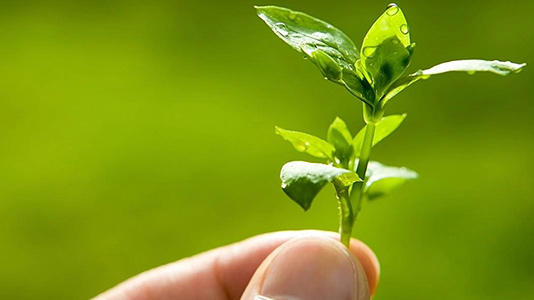A cottage food operation is a person or business preparing or producing cottage food products in the home kitchen of that person’s primary residence, or other designated kitchen or location.
Cottage food products are foods that are not sensitive to time and temperature controls, and only sold directly to an end consumer. This means that these products may not be sold by a third party. Possible locations that these items may be sold are farmers’ markets, roadside stands, and the internet. Cottage foods include but are not limited to:
- Some baked goods
- Fruit jams and jellies
- Fruit pies
- Breads
- Cakes
- Pastries
- Cookies
- Candies and confections
- Dried fruits
- Dry herbs
- Dry seasonings and mixtures
- Cereals
- Trail mixes and granola
- Nuts
- Vinegar
- Popcorn and popcorn balls
- Cotton candy

If the above items are sold directly to the consumer, a food license is not required. A Cottage Food Risk Exemption Form will need to be completed and submitted to EIPH. An environmental health specialist will review the form and determine if you qualify as a cottage food operation. If specific food items listed on the application are in question as to whether they qualify as a cottage food, you must either provide specific laboratory testing results or omit those items from your cottage food business. The most common testing methods performed are either a water activity (Aw) test and/or an acidity (pH) test. Here are a few food testing laboratories that we are aware of.
The Idaho Department of Health and Welfare (IDHW) will maintain applicable and updated information related to cottage foods. An Idaho Cottage Foods Fact Sheet may be found at the IDHW Food Protection Program website. IDHW may add to or delete food products from the list above. Notice of changes, and the nature of the changes, will be posted on the IDHW’s Food Protection Program’s website.
Also, depending on where you live, you may be required to obtain a business license from the city or county. Contact your local county or city office




